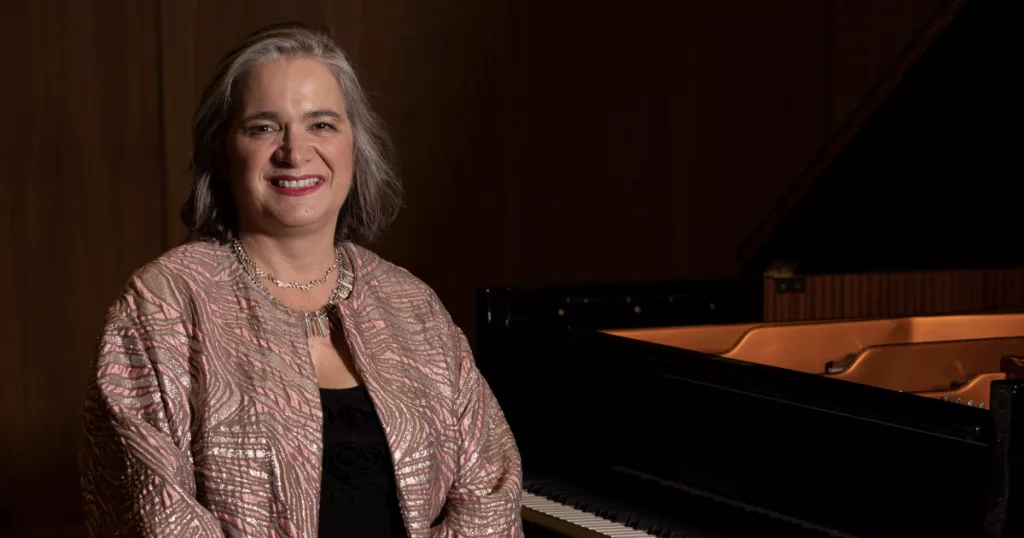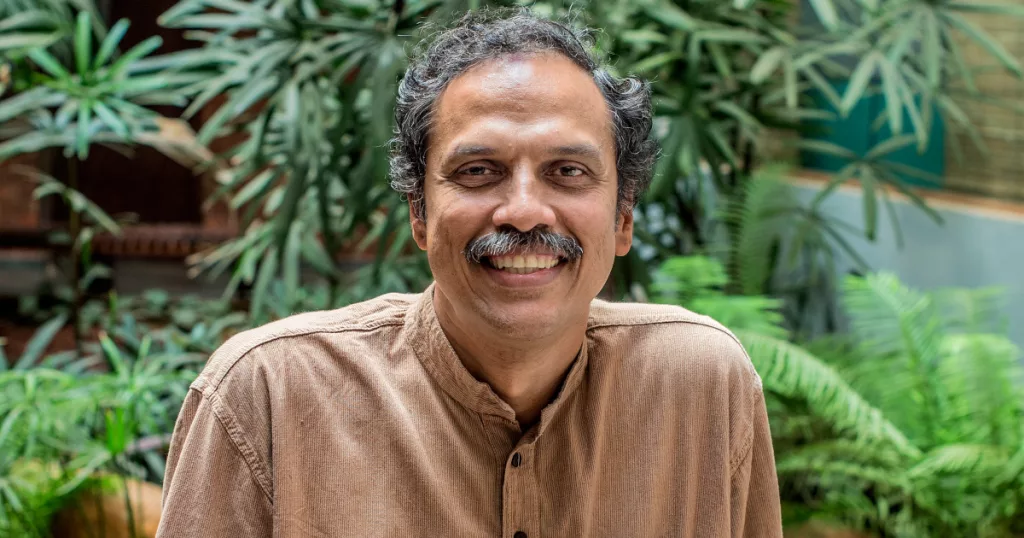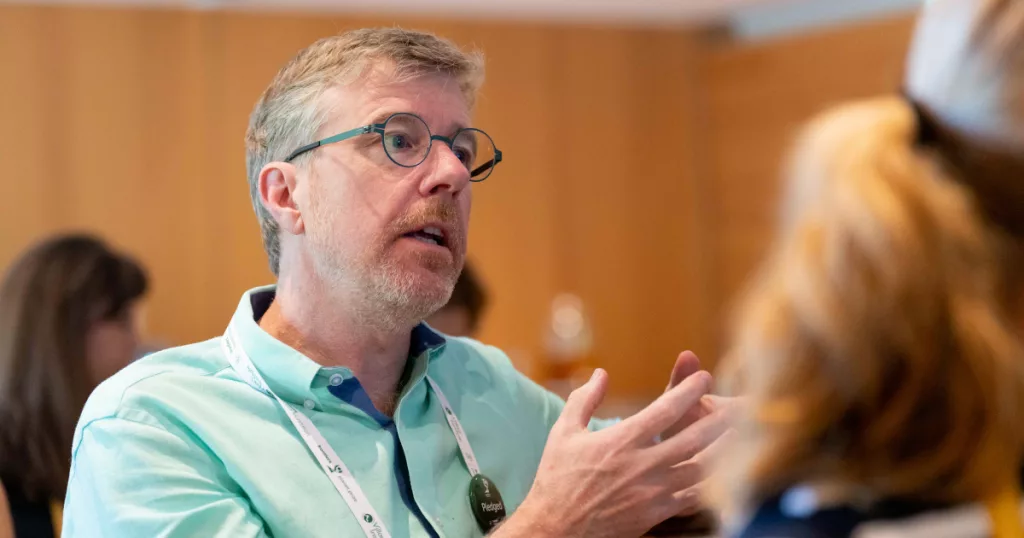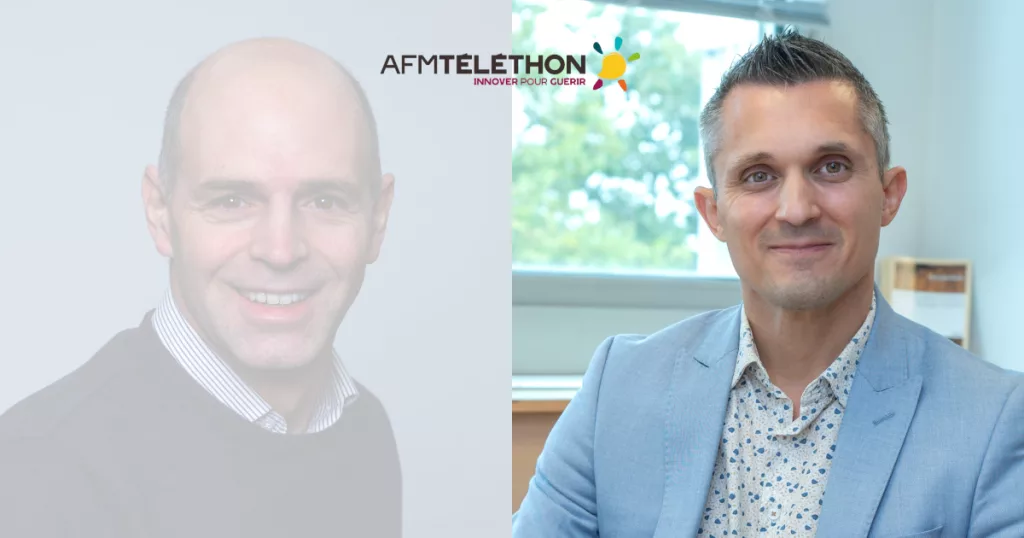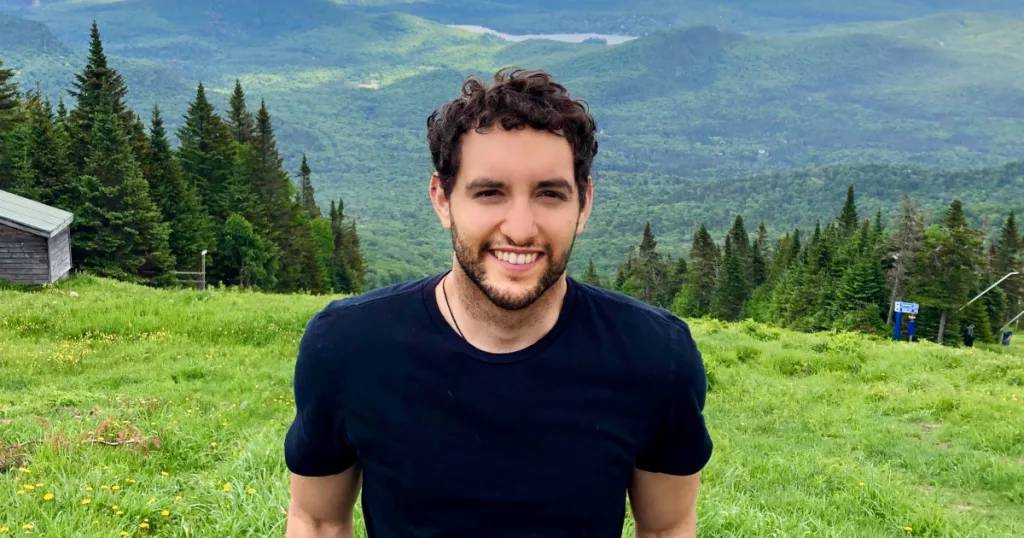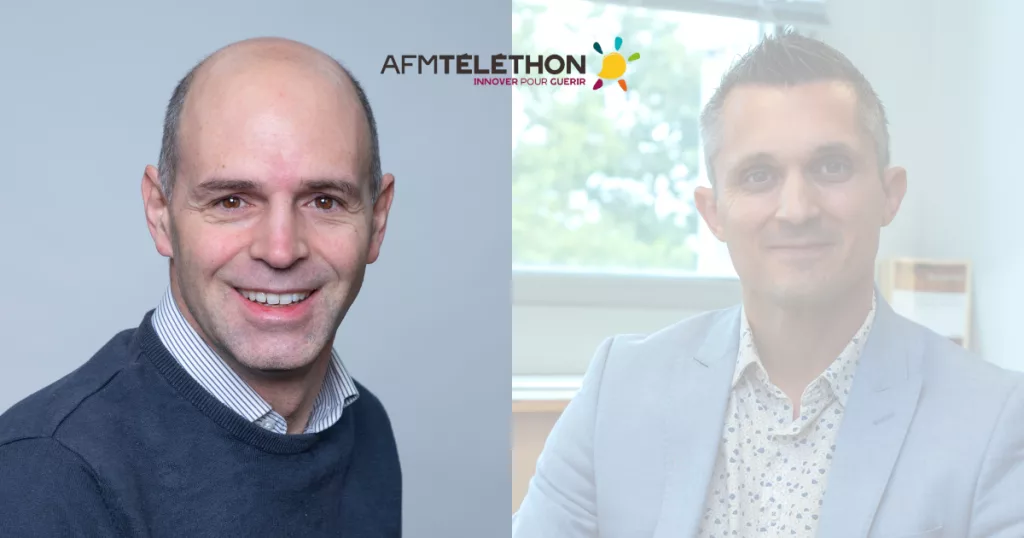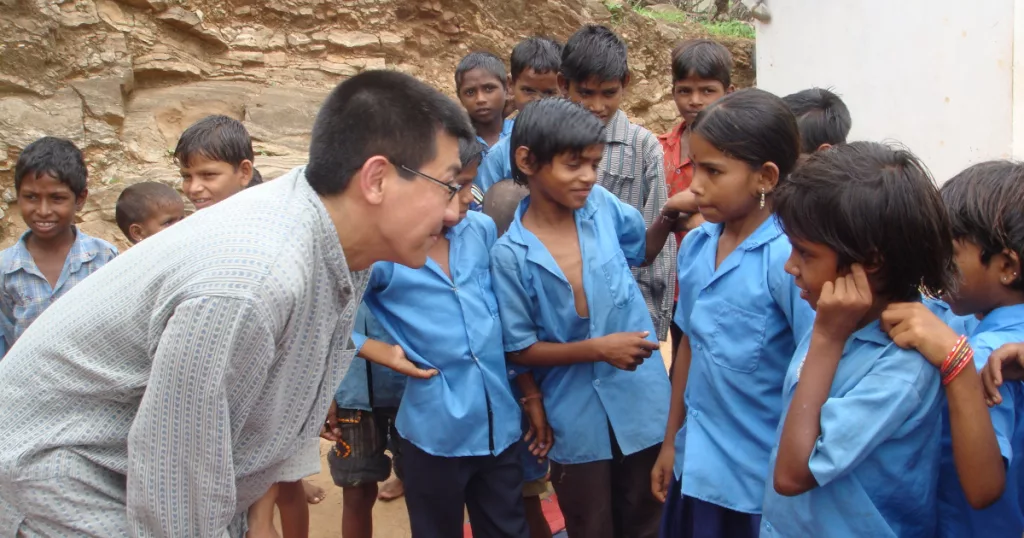Ana Telles: “Art has a vital role to play in achieving sustainable development”
As a pianist, researcher, and academic, Ana Telles brings together music, ecology, and social engagement. In this interview, she explains how her recitals become pleas for nature and how art can transform the world
